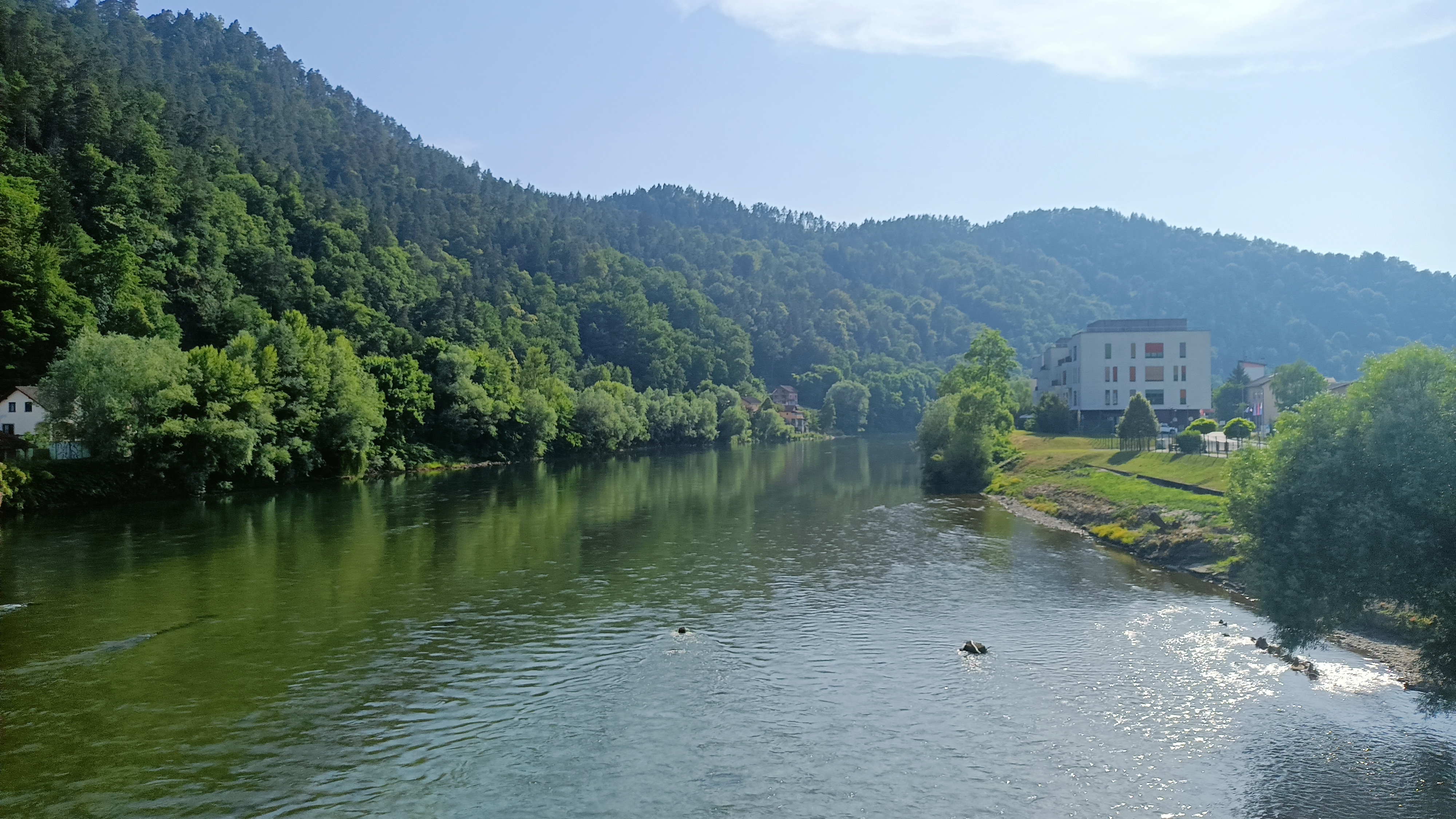
The main goal of the course is to present the influence of human-induced actions (i.e. constructions of canals, water dams, networks of drainage ditches) on changes in hydrological regimes, morphology of river channels and land-use within river valleys of Europe. Another important goal is to show how river courses looked like before the period of intensive hydro technical works that started around 250 years ago. This will be presented showing the examples of river courses from Poland, Hungary, Croatia, Slovenia, France, Germany, Belgium, the Netherlands, the Czech Republic, the United Kingdom, and other countries of Europe. What research techniques can be used to reconstruct the evolution of rivers prior to the canals and dams constructions? How the knowledge about the past of rivers can be used in river restoration projects? All students of geography, geology, earth sciences, social sciences environmental management, hydrology, and spatial planning are warmly welcome to take this course.
General plan of lectures:
Weeks 1 and 2: Introduction: main hydrological regimes, types of river channels (planforms)
Weeks 3 and 4: Introduction (continued): types of human-induced changes (constructions of canals and dams, artificial levees, extraction of sediments from river bed), basic types of river reactions to these changes.
Weeks 5 and 6: changes in land use within river valleys and their influence of the evolution of rivers
Weeks 7 and 8: Overview of methods useful to reconstruct the evolution of past river systems, active prior to the major hydro technical works (geological methods, geophysical methods, analyses of aerial images, sediment dating techniques)
Weeks 9 and 10: Examples of reconstruction of past river systems. Examples of the evolution of anastomosing, anabranching and meandering rivers of Europe prior the constructions of dams and canals.
Weeks 11 and 12: the use of palaeohydrological reconstructions for restoration projects: how to plan a realistic restoration scenario? Types of restoration plans/scenarios. Examples and reasons of failed restoration actions. Post-restoration monitoring of processes forming river channels.
Weeks 13 and 14: Examples of dam removal actions and influence of these actions on hydrological and sediment transport regime. Advantages and disadvantages of dam removal. Reactions of society to restoration actions.
General plan of lectures:
Weeks 1 and 2: Introduction: main hydrological regimes, types of river channels (planforms)
Weeks 3 and 4: Introduction (continued): types of human-induced changes (constructions of canals and dams, artificial levees, extraction of sediments from river bed), basic types of river reactions to these changes.
Weeks 5 and 6: changes in land use within river valleys and their influence of the evolution of rivers
Weeks 7 and 8: Overview of methods useful to reconstruct the evolution of past river systems, active prior to the major hydro technical works (geological methods, geophysical methods, analyses of aerial images, sediment dating techniques)
Weeks 9 and 10: Examples of reconstruction of past river systems. Examples of the evolution of anastomosing, anabranching and meandering rivers of Europe prior the constructions of dams and canals.
Weeks 11 and 12: the use of palaeohydrological reconstructions for restoration projects: how to plan a realistic restoration scenario? Types of restoration plans/scenarios. Examples and reasons of failed restoration actions. Post-restoration monitoring of processes forming river channels.
Weeks 13 and 14: Examples of dam removal actions and influence of these actions on hydrological and sediment transport regime. Advantages and disadvantages of dam removal. Reactions of society to restoration actions.
